Session 4: Summer comfort and cooling concepts
Friday, 10 September 2021
The effects of climate change have become very evident in recent years. It is therefore all the more important to consider summer thermal insulation and the resulting cooling loads in new buildings and renovations, and to provide reliable, cost-effective and low-consumption cooling concepts. Not only in warm climates, but also mid-latitudes, we will increasingly have to deal with hot spells in the future. In this series of lectures, projects and studies from Southern Europe will be the topic, but also general guidelines and potentials for sustainable cooling here in Germany will be presented.
| Time (CEST) | Topic | Speaker |
|---|---|---|
| 4:15 pm | Welcome | 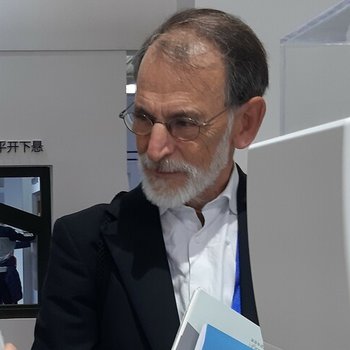 Bernd Steinmüller |
|
4:20 pm |
Guidance for robust summer comfort design Limiting the frequency of overheating in summer is gaining relevance with warming climate conditions. In order to raise awareness on the topic and encourage more robust design choices, PHI has developed a “summer comfort guideline”, as well as a stress-testing as part of the PHPP energy modelling.
|
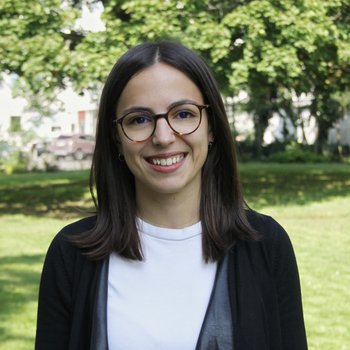 Soraya Lopez Garcia | Passivhaus Institut |
|
4:35 pm |
Keep cool and carry on: Passivhaus cooling experiences in the warm climates |
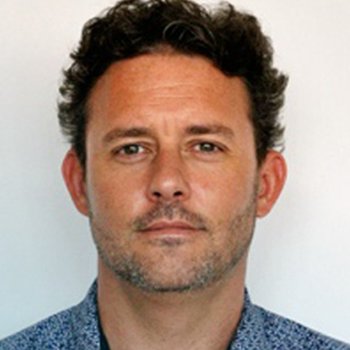 Oliver Style | Praxis Resilient Buildings |
|
4:50 pm |
Passivhaus Plus high school in warm climate The design and construction of a Passivhaus Plus, as simulated by PHPP, delivers outstanding thermal performance and comfort for a building with a very different occupancy and use. This non-residential Passivhaus case study showcases the advantages of a multidisciplinary design project team, an industrialised construction system and a combined active mechanical system strategy applied to high energy-efficient buildings in warm and temperate climates and at an affordable construction cost.
|
 Jesus Menendez | Zero Energy Lab |
| 5:05 pm |
Question and Answer |
|
|
5:25 pm |
Passive House non-residential buildings against the background of increasing heat waves Considering the increasing periods of heat, existing recommendations for non-residential Passive House buildings in Central Europe need to be re-examined to determine whether they will remain viable in the future. Effects are investigated by using simulation modelling for a school and office building. |
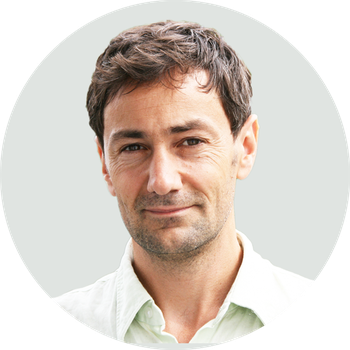 Oliver Kah | Passivhaus Institut |
|
5:40 pm |
Solar-electric cooling – potential and limitations Analysis to investigate the potential for solar-electric cooling to cover a high proportion of the energy demand (PV coupled with vapour-compression refrigeration), effects on thermal comfort and primary energy demand |
 Adrian Muskatewitz | Passivhaus Institut |
| 5:55 pm |
Passive Houses and solar cooling in hot and humid climates (sol.e.h.²) |
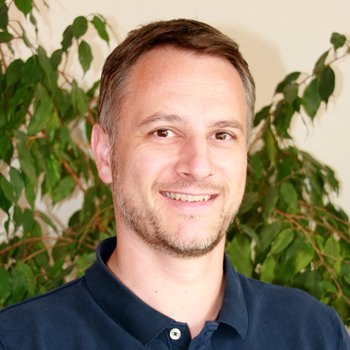 Laszlo Lepp | Passivhaus Institut
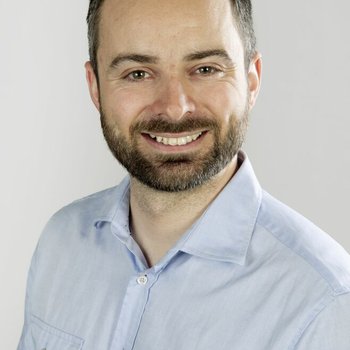 Daniel Neyer |
| 6:10 pm | Question and Answer | |
|
|
Go to Session 5 |



